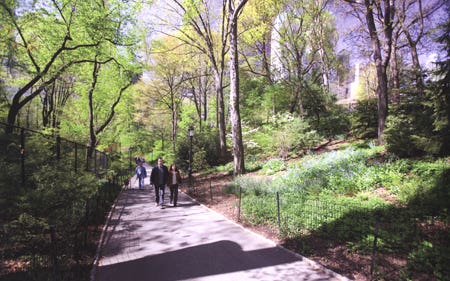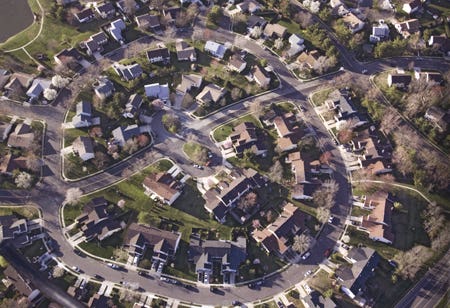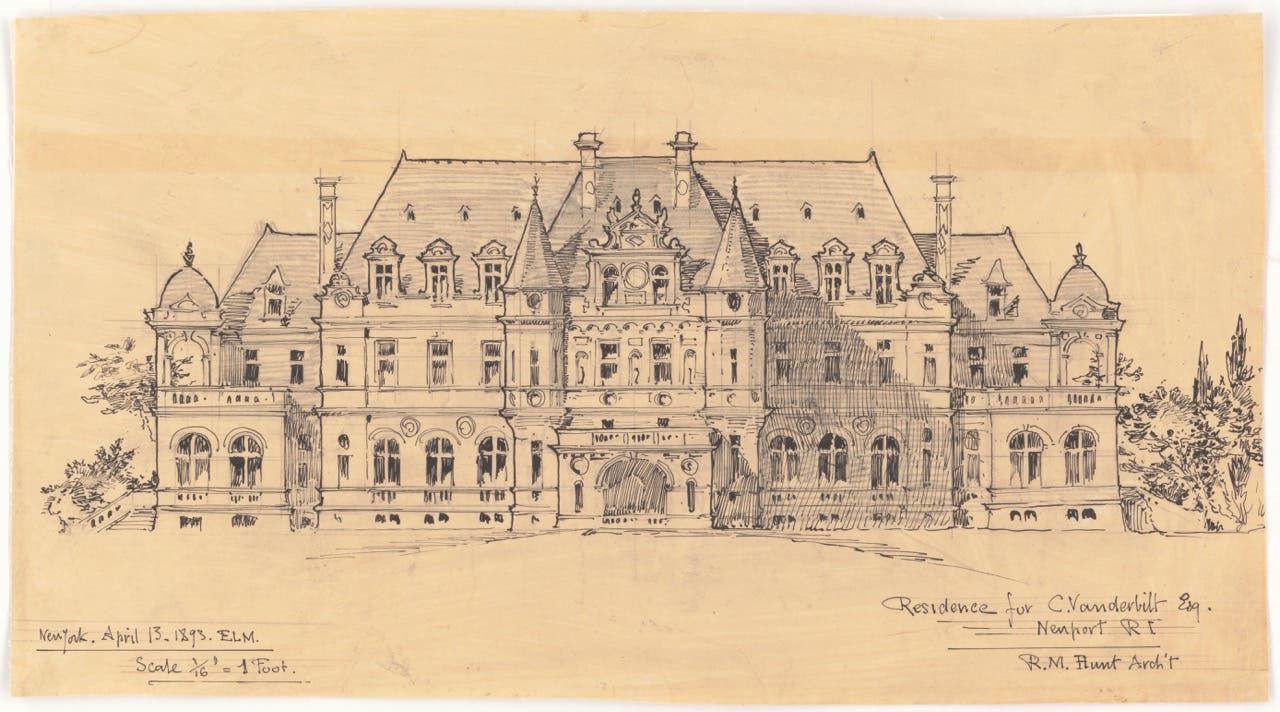
Features
Book Review: Designing Healthy Communities


As an Amazon Associate, we earn from qualifying purchases made through affiliate links.
Designing Healthy Communities
by Richard J. Jackson with Stacy Sinclair
John Wiley & Sons, Inc., San Francisco, CA; 2011
304pp; hardcover; 60 b&w and 27 color photos; $50
ISBN 978-1-118-03366-1
America is facing a number of threats involving health, the environment and the economy. Today, one in three American children is overweight or obese, which raises their risks of heart disease, stroke and, in particular, diabetes. The obesity epidemic is prematurely aging the population and has decreased the quality of life for many, to the point that antidepressants are the second most prescribed medication in this country.
Contributing to the health crisis is carbon dioxide retention in the atmosphere, caused by deforestation and the burning of fossil fuels. At the same time, resources are becoming expensive and difficult to extract; thereby, increasing our spending on gasoline and items that require transportation. Additionally, medical care now accounts for 17 percent of spending. Increased spending is coupled with the fact that real income has remained the same since the 1980s – excluding that of the top 20 percent of the population.
In his new book, Designing Healthy Communities, Dr. Richard Jackson, former California State Health Officer and co-author of Urban Sprawl and Public Health and Making Healthy Places, calls the three threats a "perfect storm." He argues that piece-meal solutions will not solve these issues and that the root cause of the problems is that Americans "remain servants of the automobile."
In the prologue, Jackson tells the story of a hypothetical ten-year-old boy identified as overweight. His doctor tells him to change his eating habits and exercise. Two months later, the boy's weight remains the same. The reason is simple: He has few opportunities to exercise outside of his gym class at school because he lives in a car-oriented development where there are no bike paths or sidewalks. Jackson believes that the solution to our health, economic and environmental problems starts with sensible urban planning geared towards pedestrian-oriented built environments.
This three-part book is intended as a companion to a television series of the same name, but it stands alone as well.
Part one consists of three chapters devoted to establishing the connection between health and the built environment. It identifies the characteristics of a healthy community and examines how the built environment affects community structures.
Part two contains seven case studies of communities working to transform themselves into healthy physical environments; these include an abandoned shopping mall in the Belmar district of Lakewood, CO, downtown Charleston, SC, and the automobile capital, Detroit, MI. The last part is organized as a guide to help readers start transformation movements in their own communities.
A portfolio at the center of the book features photography with detailed captions. These were taken during production of the television series and depict not only examples of architectural tools that promote healthy lifestyles, such as town squares, parks and fountains, but also how the automobile affects non-drivers.
Each case study examines the location and provides a diagnosis, cure and prevention plan. Boulder, CO, is labeled as the leanest city in the leanest state in the country. In the 1960s, when the popularity of cars raised concerns, the city responded by enacting an open space ordinance that taxed its citizens in order to purchase thousands of acres of surrounding land that remain undeveloped. The goal was to protect the natural landscape of the region, which was then used for miles of trails and bike paths for people to enjoy the outdoors.
By the late 1970s, the potential for bicycling as a form of mass transit took hold of city planning. Today, there are nearly 200 miles of bike paths and lanes – on a good weather day up to 30 percent of Boulder's population cycles. City planners continue to include bike lanes alongside new roadways and are equally conscious of both bike and motor traffic patterns.
From the start, Jackson's goal is clear, "For too long we have had doctors talking only to doctors, and urban planners, architects, and builders talking only to themselves. The point is that all of us, including those in public health, have got to get out of the silos we have created, and we have got to connect – actually talk to each other before and while we do our work – because there is no other way we can create the environment we want."
Designing Healthy Communities goes a long way toward getting the word out. The book would be of interest to urban planning professionals and to the general public – showing them that anyone can make a difference.








